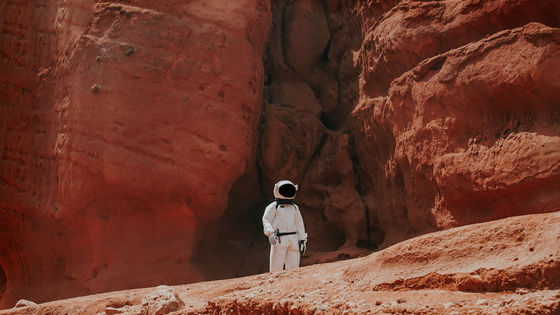Research results show that the minimum number of people needed to ``colonize Mars'' is 22 people

[2308.05916] An Exploration of Mars Colonization with Agent-Based Modeling
https://arxiv.org/abs/2308.05916

Scientists Reveal How Many People You'd Need to Colonize Mars : ScienceAlert
https://www.sciencealert.com/scientists-reveal-how-many-people-youd-need-to-colonize-mars
According to a Mars colonization simulation conducted by a team of American researchers using a model imitating Mars, the minimum initial population for successful colonization is only ``22 people.'' Previous research has shown that the minimum population needed to colonize Mars is 110 people.
Mars colonies are very isolated environments, so settlers will work together for long hours. Therefore, the simulation also found that ``various personality types must be appropriately combined, otherwise colonization itself may fail.''

To colonize Mars, you will need ``people living on Mars'' and ``food for people living on Mars.'' The larger the minimum population required for colonization, the more people we will need to transport from Earth to Mars, and the more food we will need to transport for people living on Mars.
'In addition to mining some basic minerals and water, we will also need to replenish our needs through technological means, such as splitting Mars' water into breathing oxygen and fuel hydrogen.' ' is mentioned in the paper.
The research team says, ``In addition to technical and engineering challenges, future colonists will also face psychological and human behavioral challenges.Our goal is to

ABM, a technique typically used in health and economic research, is a computer simulation designed to study the interactions of autonomous decision-making 'agents' within a system. Typically, this type of simulation focuses on humans, but this simulation also takes into account factors such as objects, location, and the passage of time.
In the research, human personality types were roughly divided into the following four types and a simulation was conducted.
・Friendly type
They are less competitive, less aggressive, and less attached to routine work.
・Social type
Moderately competitive, competitive in social interactions and in need of social interactions, but low in attachment to routine work.
・Reaction type
Moderately competitive, competitive in social interactions, and persistent in routine work.
・Nervous type
They are competitive, sociable, aggressive, attached to routine, and dislike boredom.

In the simulation, each agent is assigned a management or engineering-related skill. In addition, it seems that the availability of resources, interpersonal relationships, and task combinations are also taken into consideration. The research team is also analyzing research data related to life in high-stress confined spaces such as Antarctica, submarines, and the International Space Station.
The research team conducted a survey five times to ``simulate 28 years after immigrating to Mars.'' The simulation sets four important tasks that must be performed at all times, such as producing air, water, and food, disposing of waste, and repairing accidents.
Furthermore, we increased the number of settlers to Mars by 10 people from 10 to 170 people and analyzed the minimum population required for colonization. In addition, the population to be put on Mars will initially have the same number of people from each of the four personality types.
As a result of the analysis, it became clear that the minimum population that could maintain a population of 10 or more people was ``22 people'' after 28 years had passed since they immigrated to Mars. The simulation also revealed that the personality type of the immigrants played an important role, and the research team wrote, ``Only the ``friendly type'' survived throughout the entire period.''

The research team explains why only the amiable type survived, saying, ``In the simulation, all agents are exposed to a series of stressful interactions and accidents in space and in their habitat over an extended period of time. The reason why only this type survives is probably because it has the highest coping ability.'
The most disadvantageous type in the simulation is the nervous type, and in the simulation, the nervous type died at an overwhelmingly higher rate than other personality types. In addition, it is also clear that the population of other personality types stabilizes only when the population of neurotic types reaches a sufficiently low level.
Related Posts:
in Science, Posted by logu_ii







